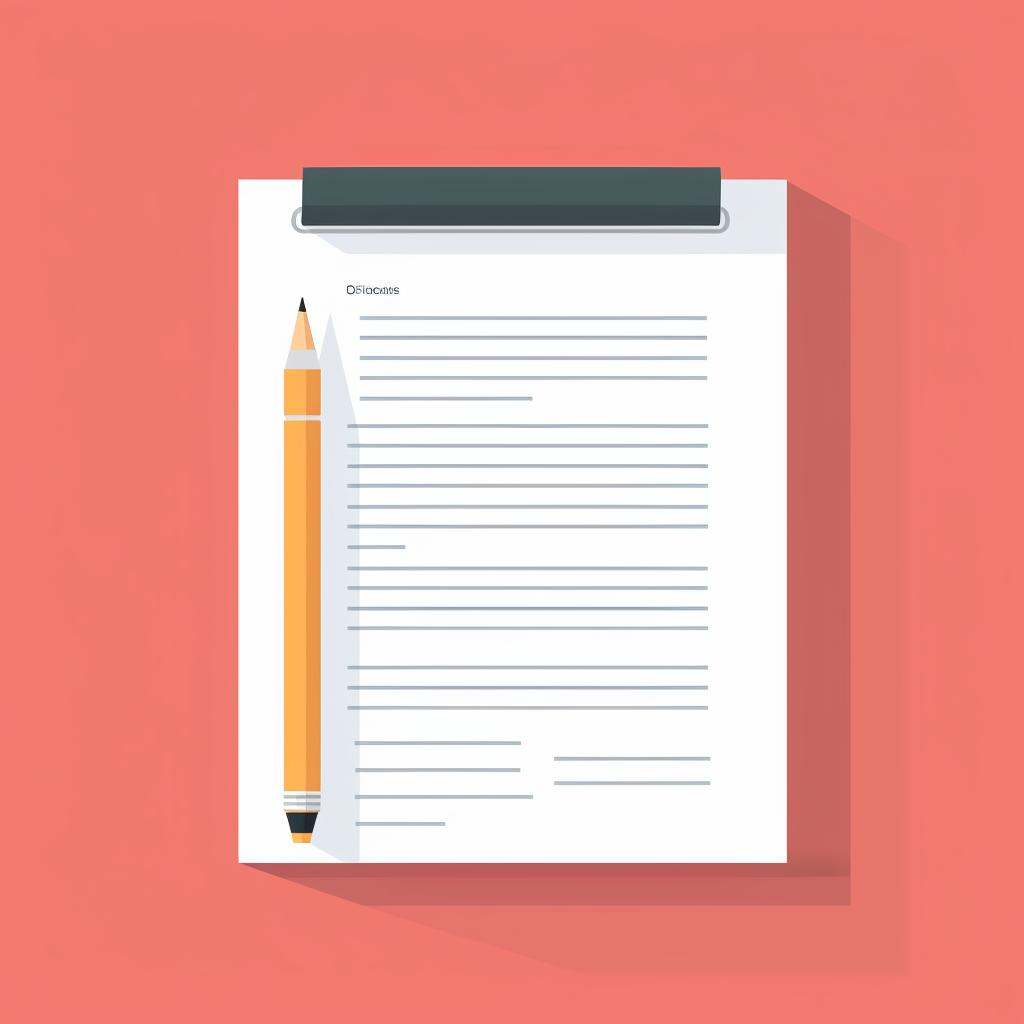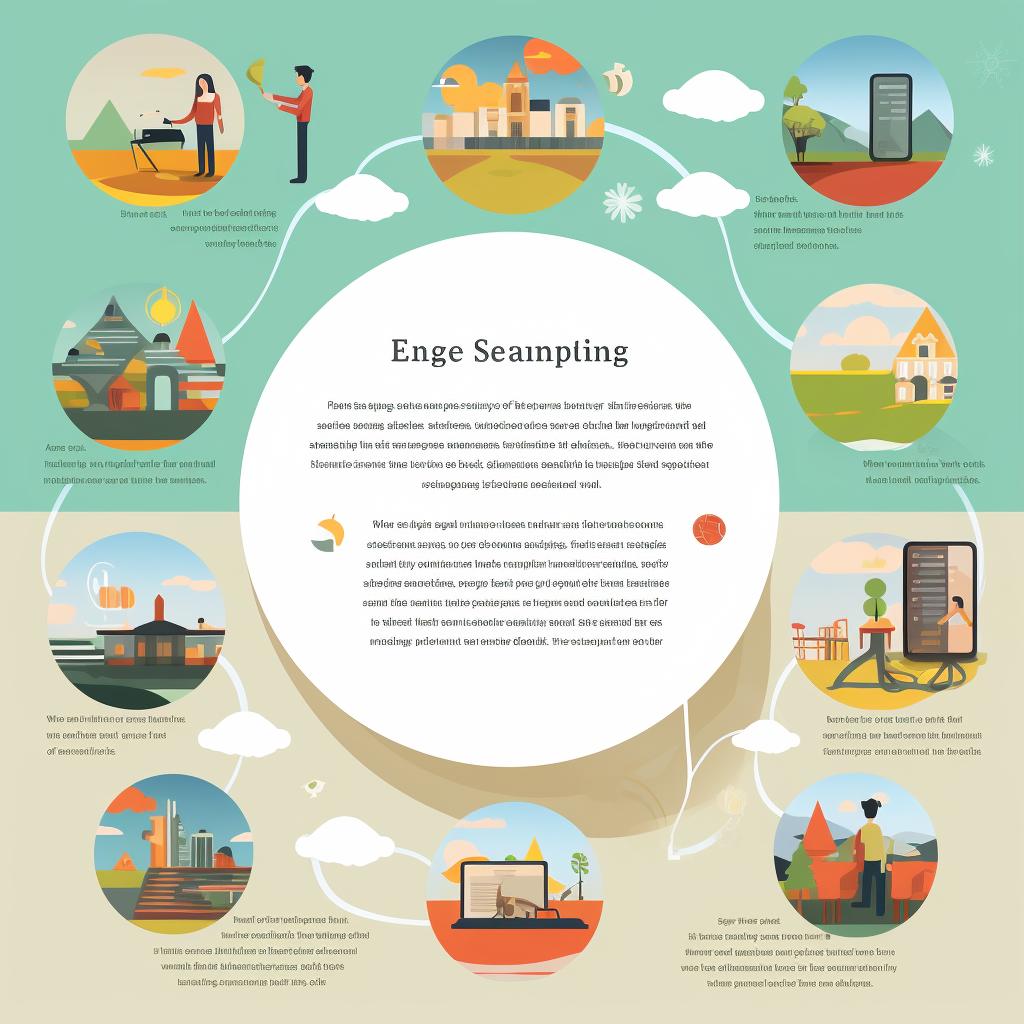Felicity L. Saunders is an accomplished author and literary critic. She holds a PhD in Comparative Literature and has a keen eye for detail when it comes to essay formatting. Her articles are insightful, thorough, and filled with practical tips.
Stepping beyond the traditional five-paragraph essay, let's delve into some unique essay formats that can make your writing more engaging and flexible. Remember, the format you choose should not only depend on your assignment but also the content you wish to deliver.
Breaking the Mold: Unique Essay Formats Beyond the Five-Paragraph Standard 📝
Here are some alternative formats that can help you break free from the five-paragraph essay mold:
Tell Me a Story: The Art of the Narrative Essay 📖
A narrative essay tells a story. It's more flexible in its structure and allows you to weave a story using descriptive language and personal insights. This format is great for sharing personal experiences or telling stories with a clear lesson or moral. It's usually written in the first person, making it more personal and relatable.
Unveiling Truths: The Expository and Synthesis Essays Explained 🧐
An expository essay explains a topic in a clear, concise, and logical manner. The structure can vary, depending on the method of exposition. It could be cause-and-effect, compare-and-contrast, or problem-and-solution. A synthesis essay is similar, but it requires you to synthesize or combine information from multiple sources into a coherent whole.
Understanding the structure of an expository essay can be challenging. Here's a helpful TikTok video that breaks it down in a simple and engaging manner.
Now that we have a good understanding of the structure of an expository essay, let's move on to the next format - the informative essay.
Knowledge is Power: Mastering the Informative Essay 🎓
Sometimes referred to as an informational essay, this format aims to educate the reader about a specific topic. It's structured to present facts without expressing personal opinions. The structure can be more flexible than a five-paragraph essay, allowing you to provide all the necessary information in a clear and logical manner.
Understanding Unique Essay Formats
Test your knowledge on different essay formats beyond the standard five-paragraph structure.
Learn more about 📝 Test Your Knowledge: Understanding Unique Essay Formats or discover other Superior Formatting quizzes.
Winning Hearts and Minds: The Power of the Persuasive Essay 💡
This format aims to persuade the reader to accept a certain viewpoint. It's structured around a thesis statement that clearly states your opinion, which is then supported by evidence throughout the essay. This format can be more complex than a five-paragraph essay, as it requires thorough research and a strong understanding of both sides of the issue.
Let's take a look at an example of a well-structured persuasive essay.
As you can see, a strong persuasive essay presents a clear argument and supports it with solid evidence. Now, let's move on to another type of essay.
Painting with Words: The Descriptive Essay Unleashed 🎨
Just as the name suggests, the descriptive essay is all about describing something in detail. This could be a person, place, event, object, or even a memory. The structure of a descriptive essay can vary widely, allowing you to effectively convey your subject's details.
Decoding Texts: The Analytical Essay Demystified 🔍
The analytical essay is often used in literature or history classes. It involves breaking down a text or a concept into its components and analyzing those parts. This format typically goes beyond the standard five-paragraph essay, as it requires a thorough analysis that may need more space to develop.
Now that we've discussed what an analytical essay is, let's delve into how to structure one effectively:
Learn more about 📚 Structuring an Analytical Essay: A Step-by-Step Guide or discover other Superior Formatting guides.
Following these steps will help you create a well-structured, compelling analytical essay. Remember, practice makes perfect, so don't be discouraged if it takes a few tries to get it right.
While these are just a few examples, there are many other unique essay formats out there. The key is to choose a format that best suits your topic and your audience. Remember, the format is just a tool to help you deliver your message in the most effective way possible. For more on this, check out my article on how long an essay should be and my step-by-step guide to formulating an effective essay outline.
Now that we've explored some unique essay formats, let's address some common questions you might have:
Remember, the key to choosing the right essay format is understanding the requirements of your assignment and the needs of your audience. Don't be afraid to experiment with different formats to find the one that best suits your topic and writing style.























